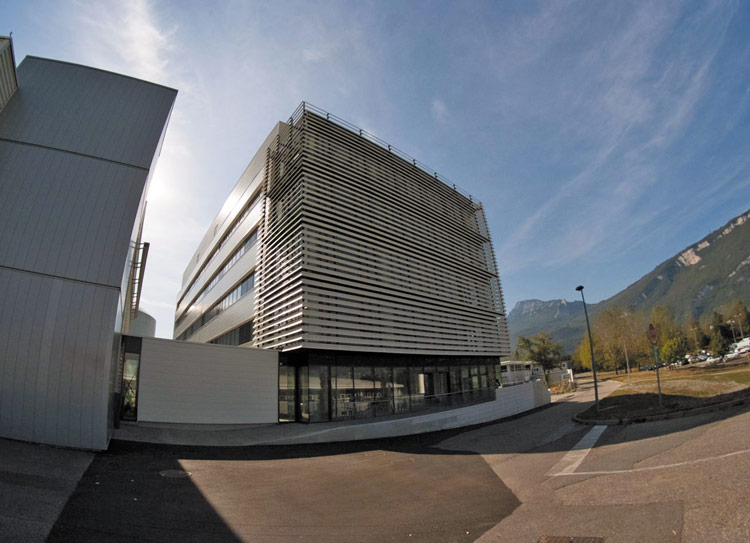- Home
- Users & Science
- Scientific Documentation
- ESRF Highlights
- ESRF Highlights 2013
- Soft condensed matter
Soft condensed matter
This section presents selected exemplary research related to Soft Matter Science and published during the last year. Some of these examples illustrate the maturity of scattering techniques as well as the unprecedented detail that can be revealed by means of quantitative data analysis. A clear deviation from the trend in previous years is that this issue contains many articles related to polymer science. This is certainly encouraging and affirms the importance of synchrotron techniques for the field of polymer science. Indeed, not all the exciting science published during the period could make it into this volume. Some notable omissions include the direct observation of the kinetic pathway of surfactant micellisation [G.V. Jensen et al., JACS, 135, 7214 (2013)], Dichotomic ageing behaviour of laponite colloidal glasses [R. Angelini et al., Soft Matter, 9, 10955 (2013)], etc.
It was another very busy year for the beamline group because of upgrade projects, and reviews of beamlines ID13, in spring, and ID10, in the autumn. Both beamlines received very positive reports. The next review is for ID09B, which is scheduled in spring 2014. After 19 years of user operation, beamline ID02 was closed for upgrade in July. The reconstruction work (Upgrade beamline project UPBL9a) is now in full swing and the new beamline is expected to restart user operation in July 2014. The design of the new optical layout for UPBL9b at ID09 has been completed and the beamline will have the new focusing optics and detector in a year’s time. At the end of phase I of the ESRF upgrade, ID09 is expected to be fully dedicated to time-resolved pump-probe diffraction/scattering experiments. As part of the upgrade, the Soft Interfaces station of beamline ID10 will receive a new diffractometer (Huber) and ID13 will be equipped with a state-of-the-art Eiger detector from Dectris.
 |
|
The Science Building in September 2013, constructed as part of the CPER project. |
Construction of the Science Building is nearly completed and the full scale operation of the Partnership for Soft Condensed Matter (PSCM) is to begin soon. The PSCM is seeking collaborative partners from academia and industry. Another important change during the year 2014 will be the relocation of scientific staff of the Structure of Soft Matter group to the Science Building, sharing the floor with the corresponding staff of the Large Scale Structures group at the ILL. Together with the PSCM, this will make the Science Building the centre of gravity of Soft Matter activities on the campus and hopefully foster an unprecedented level of synergy. As an effort to promote the use of synchrotron radiation in industrial R&D related to soft materials, full services are offered to industrial customers for techniques such as SAXS, WAXS and microdiffraction.
Finally, Grenoble has made a successful bid to host the next International Soft Matter Conference in 2016 (ISMC2016) under the auspices of the SOFTCOMP network of excellence. This meeting will be jointly organised by the ESRF and ILL, together with Grenoble University, and is expected to attract around 800 participants from all over the world.
T. Narayanan



